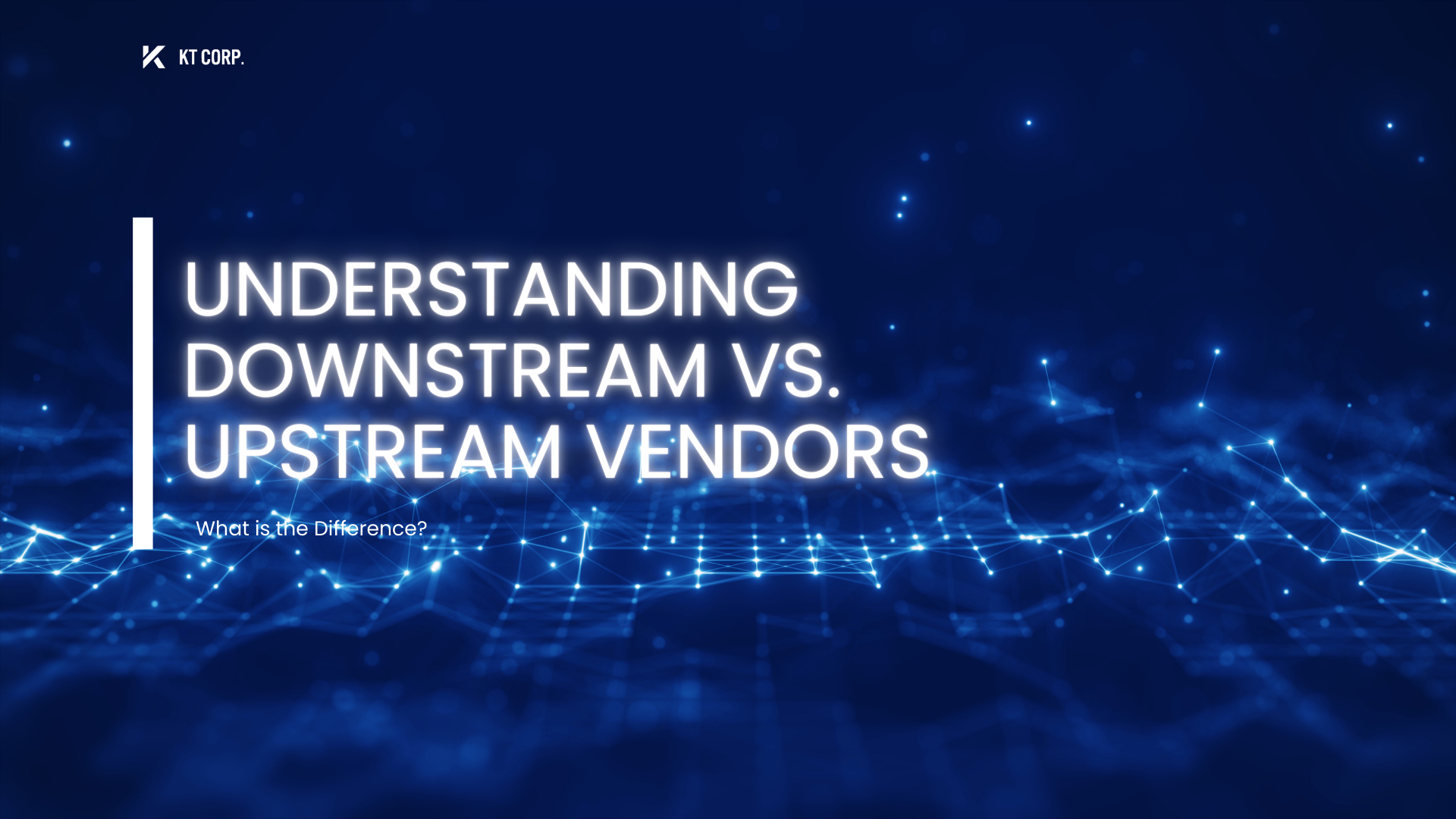
Understanding Downstream vs Upstream Vendors
In a world of supply chain management, it’s important to understand the roles of different types of vendors. Here’s a quick guide below to understand the distinct differences between downstream and upstream vendors.
Let’s talk about Downstream Vendors, in terms of how they are defined and their roles in the market, here’s some points to easily understand.
Position in the Supply Chain:
Downstream vendors are situated towards the end of the supply chain. They receive products or services from upstream vendors—those involved in producing raw materials or components—and are responsible for moving these goods closer to or directly into the hands of the final customer. They are usually closest to the end consumer since upstream vendors are closer to raw materials or production.
Roles and Responsibilities:
- Distribution: Downstream vendors manage the logistics and distribution of products. This includes warehousing, transportation, and ensuring timely delivery to retail locations or directly to customers.
- Sales and Marketing: They are often responsible for marketing the products, developing sales strategies, and creating promotional materials. Their goal is to attract and engage customers, driving sales and building brand loyalty.
- Customer Service: Downstream vendors usually handle customer interactions, including addressing inquiries, managing RMA’s, exchanges, and providing post-purchase support. They play a key role in enhancing customer satisfaction and loyalty.
- Retail and Resale: For those involved in retail, they operate physical or online stores where consumers can purchase products. They set pricing, manage inventory, and ensure a positive shopping experience.
- Market Feedback: They gather and relay feedback from customers to upstream vendors, providing valuable insights into market trends, product performance, and customer preferences.
- Upstream Vendors are a important component in the supply chain, serving as an entry point for the production and delivery of goods. Refer below for their position and responsibilities.
Position in the Supply Chain:
Upstream vendors are located at the beginning of the supply chain. They supply the raw materials, components, and services necessary for the production of finished goods. They are essential for setting the foundation upon which downstream vendors build.
Roles and Responsibilities:
-
Supply of Raw Materials: Upstream vendors provide the basic materials needed for manufacturing products. This can include anything from raw minerals and agricultural products to specialized components.
-
Manufacturing and Production: Some upstream vendors are involved in the initial stages of product creation, transforming raw materials into intermediate goods or components that will be used in the final product.
-
Quality Control: Ensuring the quality of raw materials and components is a key responsibility. Upstream vendors often have stringent quality control processes to meet the standards required by downstream vendors and end customers.
-
Logistics and Transportation: They manage the logistics of transporting raw materials or components to manufacturers or other supply chain partners. This includes handling shipments, managing inventory, and ensuring timely deliveries.
-
Research and Development: Some upstream vendors are involved in developing new materials or technologies that improve product performance or manufacturing processes.
Summary: Upstream vs. Downstream Vendors
Downstream vendors manage sales and distribution, while upstream vendors supply raw materials and components. Understanding their roles helps optimize supply chains and improve operations.
Ready to streamline your supply chain? Connect with us to learn more!
